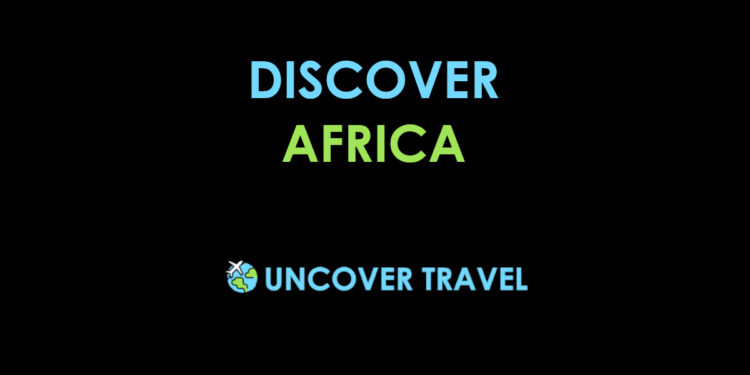The coco-de-mer is endemic to the Seychelles and grows naturally on the islands of Curieuse and Praslin. It is the only dioecious palm in the Seychelles with the male and female flowers located on separate plants. This plant also holds two botanical records; for having the world’s largest and heaviest seed at 17 kilograms or more and for having the largest male flower of any palm. It can grow to over 30 metres and a seed can weigh over 20 kilograms. Valle de Mai is a coco-de-mer plantation on the island of Praslin and is one of the Seychelles’ two UNESCO World Heritage Sites.
For centuries kings and emperors had sought the source of a rare double-lobed nut that was occasionally washed up on the shores of India and the Maldives islands. Believing it to be the fruit of an underwater tree, the Portuguese called it côco du mar, while their claim that it had originally grown in the Maldives gave rise to the palm’s misleading scientific name of Lodoicea maldivica. While the curative and stimulative properties of the coco-de-mer prompted the wealthy to offer their fortunes for a single nut, it was the remarkable similarity to the human female abdomen and buttocks that most readily excited the popular imagination.
It was the voyage of the Curieuse that resulted in the discovery of this mysterious and much sought after palm. However, it failed to interest the crew of the ship and it was not until it was returned to the Isle de France that the palm was identified by the naturalist, Pierre Poivre as the coco-de-mer.
Within the Valle de Mai, young coco-de-mer trees grow. Their age can be told by the number of leaves the plant has. The leaves of young coco-de-mer palms are amongst the largest in the plant kingdom. They form an excellent device for catching and channelling rainfall down to the roots, which do not spread out very far. A trunk is only formed after about 15 years. Young coco-de-mer plants provide several useful products, including weaving material for hats and bags, strong flexible string for tying thatch, and decorative wall and ceiling linings. The fine, brown fibrous material on the underside of newly opened leaves was once also used for dressing wounds and stuffing pillows.
The large female flowers are rimmed with brown bracts rather than coloured petals. They are produced in small numbers along a thick zigzag flower stem. If a flower is fertilised, a green heart-shaped fruit forms, containing usually a single bi-lobed seed. The fruit takes about seven years to mature and encloses in its husk the largest seed in the world.
The inside of the coco-de-mer can be eaten when ripe the nuts have been used locally as water containers, boat bailers, scoops for sugar and rice, fruit bowls, etc. Misshapen nuts are often made into jewellery and buttons however this palm is now protected and it is illegal to eat or take coco-de-mer from the island – doing so could result in a jail sentence.
SOURCES:
- Information sign at the mangroves on Curieuse island
- Information sign at the Doctor’s House on Curieuse island
- Information signs at Valle de Mai



